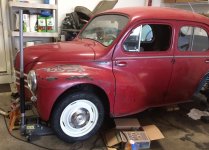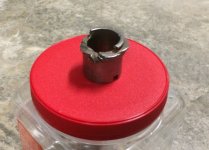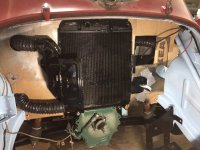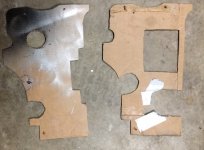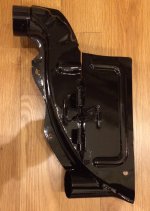Is it possible to have the original 4CV shocks rebuilt to original spec? Given the age of the car it may be that they were built to be serviced rather than thrown away. And even if they weren't, it is still worth a shot. Modern technology is amazing.
Ebay France sometimes turns up good deals too. Just need to convince then to ship.
I have had an old BMW (1968) which had adjustable sport Konis all round and when I bought the car it was floating like a boat. Turned the shocks to full lock and voila! Night and day difference. Brilliant shocks. That is why I mentioned valving because as I understand it, those Konis were adjusted by closing and opening the valves in the piston.
Ebay France sometimes turns up good deals too. Just need to convince then to ship.
I have had an old BMW (1968) which had adjustable sport Konis all round and when I bought the car it was floating like a boat. Turned the shocks to full lock and voila! Night and day difference. Brilliant shocks. That is why I mentioned valving because as I understand it, those Konis were adjusted by closing and opening the valves in the piston.

